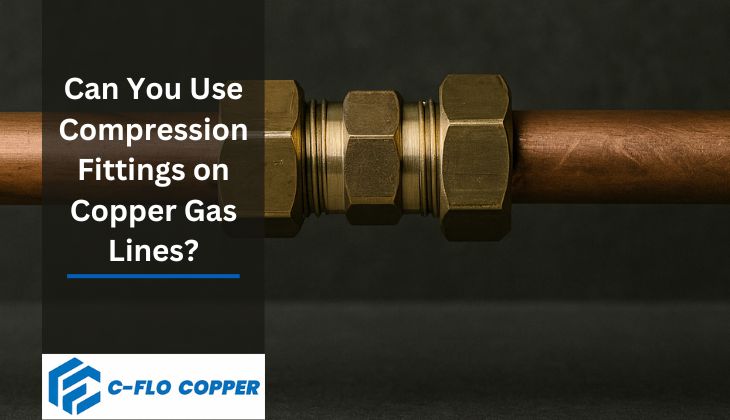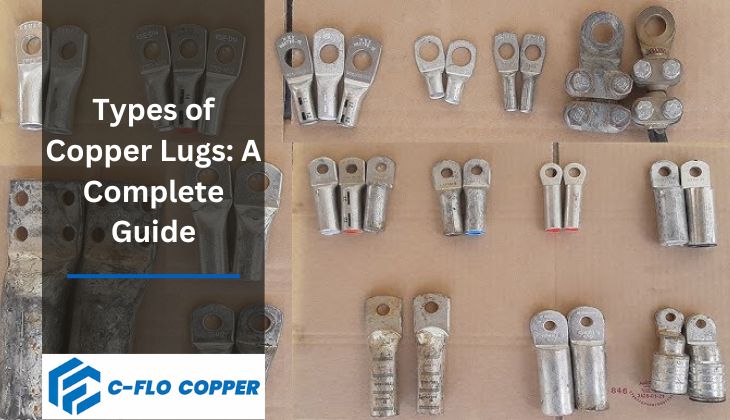When it comes to gas plumbing systems, safety and reliability are non-negotiable. One of the most common questions professionals and homeowners ask is: “Can you use compression fittings on copper gas lines?” The answer depends on multiple factors including local codes, pressure ratings, and the quality of the fittings.
At C-Flo Copper, we specialize in manufacturing premium Copper Compression Fittings designed to meet the highest standards for both water and gas applications. In this article, we’ll explore whether compression fittings are suitable for gas lines, and when and how they should be used.
🔧 What Are Copper Compression Fittings?
Copper compression fittings are mechanical connectors used to join copper tubing without soldering or brazing. They consist of three main parts:
- A compression nut
- A compression ring (ferrule)
- A compression body
When the nut is tightened, the ferrule compresses around the copper pipe, creating a strong and leak-proof seal.
✅ Can Compression Fittings Be Used on Gas Lines?
Yes, copper compression fittings can be used on gas lines — but with strict conditions.
Here’s what you need to consider:
1. Follow Local Plumbing & Gas Codes
Different regions have different regulations. For example:
- In some jurisdictions, compression fittings are allowed for natural gas and LPG installations.
- In others, only flare fittings or brazed joints are permitted for gas due to safety concerns.
💡 Always consult your local plumbing or building authority before installation.
2. Use Approved Gas-Grade Fittings
Only use compression fittings that are rated and certified for gas service. These are manufactured with specific tolerances and materials to handle gas pressure safely.
3. Correct Installation is Crucial
Improper installation can lead to gas leaks. Make sure:
- The pipe is cut square and deburred
- The nut is tightened to the specified torque
- No cross-threading occurs
🛠️ Compression vs Flare Fittings – What’s Safer for Gas?
| Feature | Compression Fittings | Flare Fittings |
|---|---|---|
| Seal Method | Ferrule compression | Metal-to-metal flare seal |
| Gas Approval | Conditional (code-based) | Widely accepted for gas |
| Reusability | Limited | More reusable |
| Ease of Installation | Quick | Requires flaring tool |
In general, flare fittings are preferred for high-pressure gas systems, but copper compression fittings can be used in low-pressure indoor lines when allowed by code.
🏗️ Applications Where Compression Fittings Are Commonly Used
- Indoor natural gas appliances
- Propane heating systems
- Water supply lines
- HVAC and refrigeration copper tubing
- Industrial gas controls and manifolds
🌟 Why Choose Copper Compression Fittings from C-Flo Copper?
At C-Flo Copper, we manufacture precision-made Copper Compression Fittings with:
- High-grade copper and brass alloys
- Leak-proof sealing capabilities
- Compatibility with soft and hard copper tubing
- Compliance with ASTM, BS EN, and ISO standards
- Options for LPG, natural gas, and water supply systems
Whether you’re working on residential pipelines or industrial gas systems, our fittings are engineered for maximum safety and durability.
By C-Flo Copper | June 13, 2025





